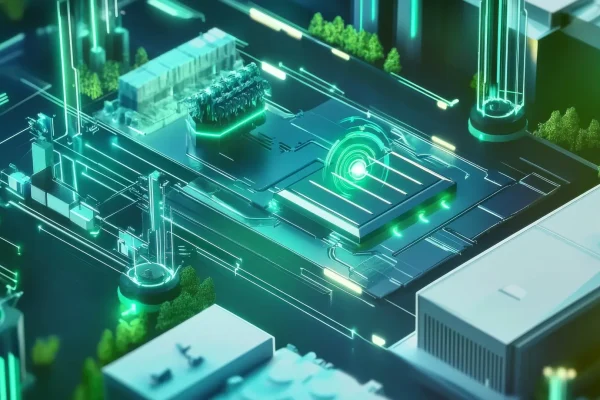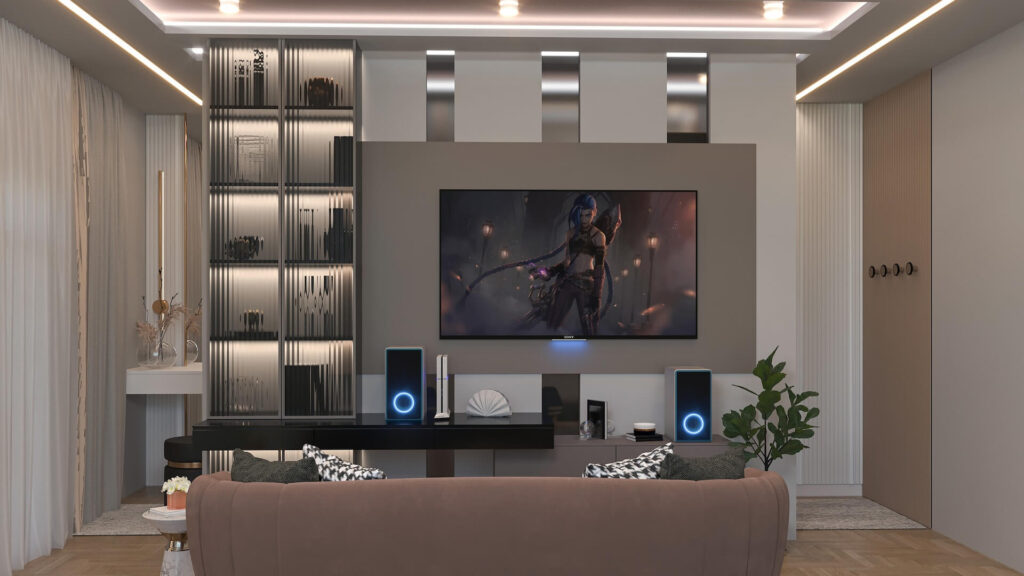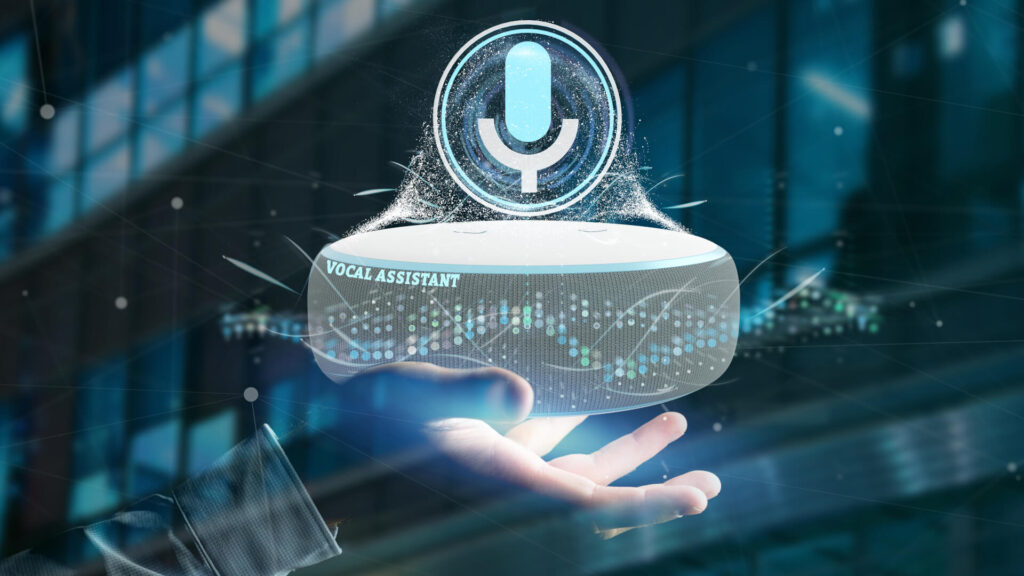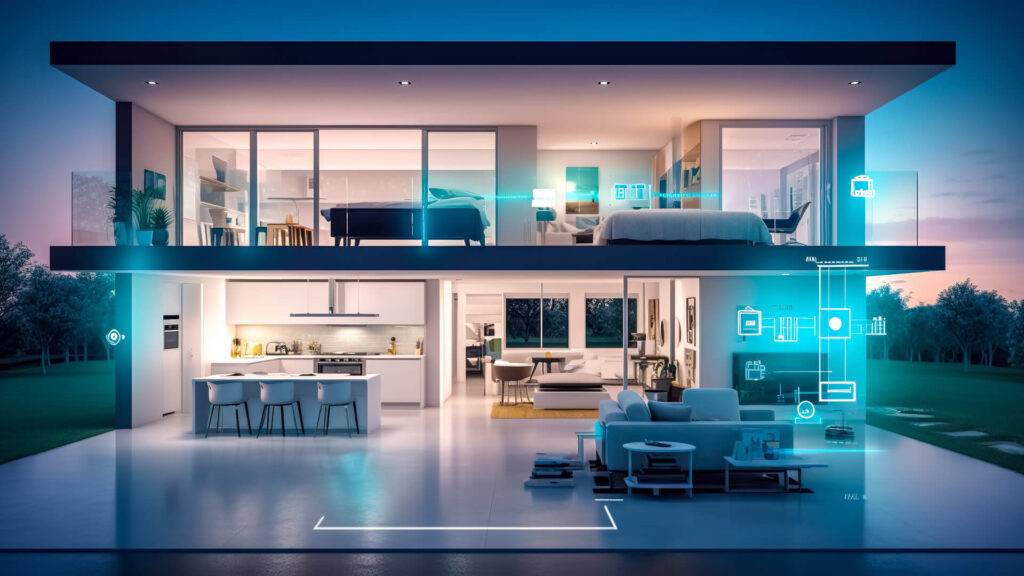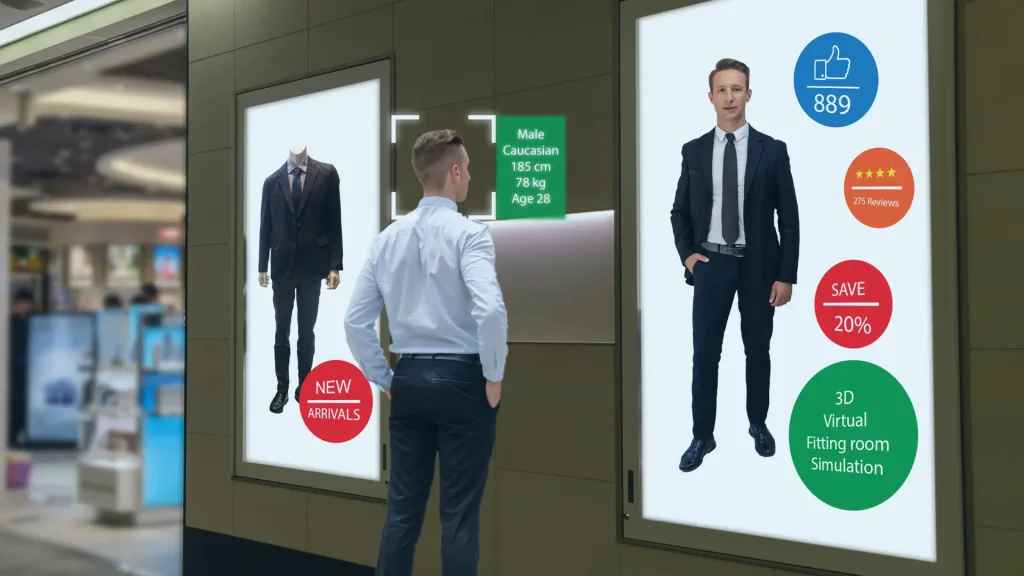Video conferencing – an indispensable tool for companies and individuals
Globally networked and flexible working
In today’s world of global networking and flexible working, video conferencing has become an indispensable tool for companies and individuals.
But what’s actually behind a smooth video conference? This article takes a look under the hood to reveal the technology that makes these modern wonders possible.
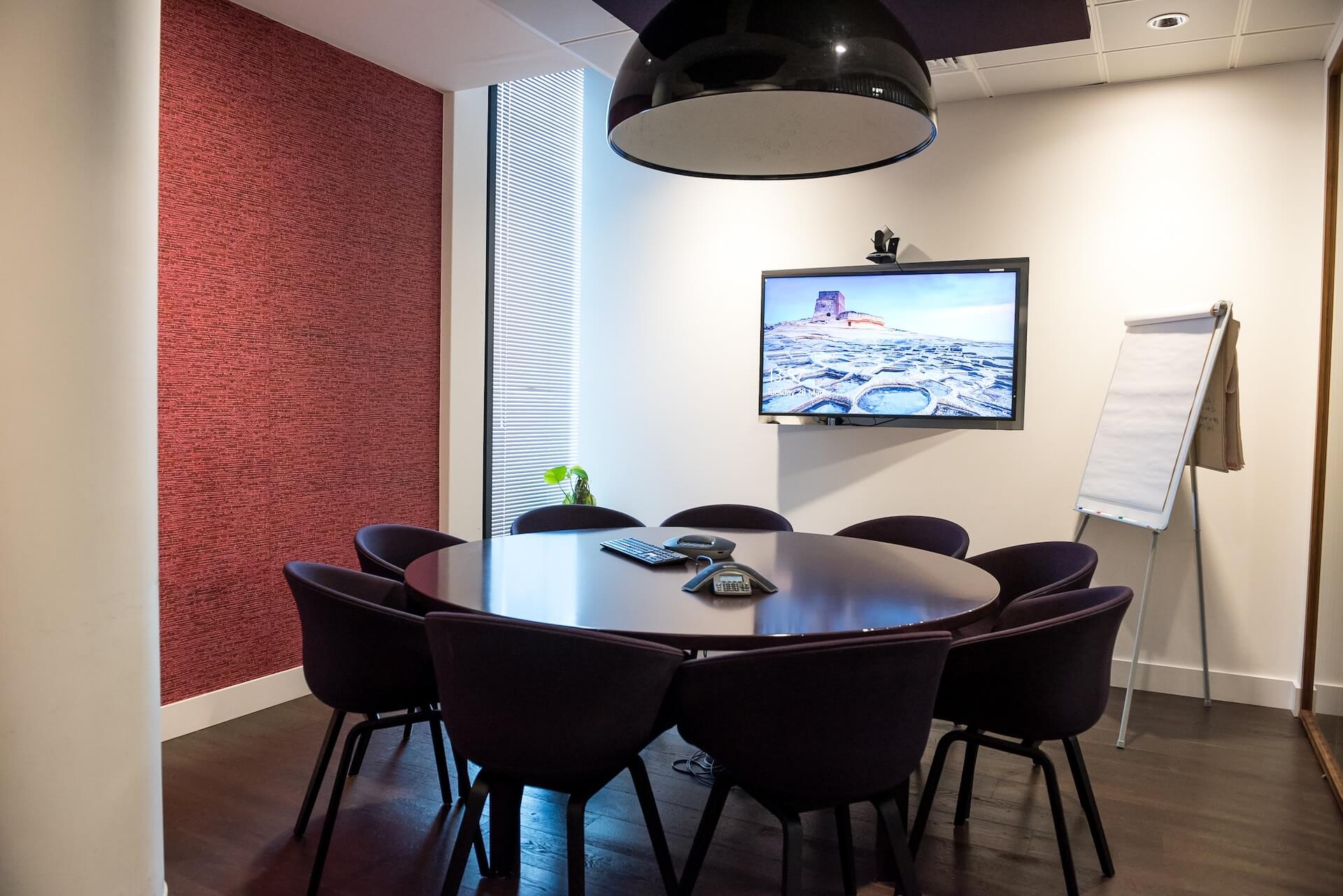
The basics: video conferencing software
The basis of every video conference is the software that enables the participants to communicate with each other. Platforms such as Zoom, Microsoft Teams, and Cisco Webex offer not only video and audio transmission, but also chat, screen sharing and file exchange. These applications are user-friendly and offer a variety of features that facilitate collaboration.
Cameras and Microphones: the eyes and ears of the video conference
High-quality Cameras and Microphones are crucial for the quality of a video conference. Modern HD cameras capture razor-sharp images, while microphones with noise suppression and directional characteristics ensure clear sound. Some models are even equipped with automatic image adjustment to optimize the lighting and show the participants in the best light.
The role of the Internet connection
A reliable and fast internet connection is the key to smooth video conferencing. Transmitting video and audio in real time requires sufficient bandwidth and a stable connection. Technologies such as fiber optics and 5G make high-speed connections possible, enabling seamless communication.
The magic of coding and decoding
During a video conference, the recorded video material is encoded and compressed in order to transmit it via the Internet. It is then decoded again on the receiving end and displayed on the screen. Choosing the right codecs (compression methods) and implementing them efficiently is crucial to ensure high quality and low latency.
Data security and encryption
Data security is of the utmost importance in the world of video conferencing. The data sent and received must be protected from unauthorized access. Modern video conferencing systems use strong encryption technologies to ensure the confidentiality of communication and protect sensitive information.
The future: AI and virtual reality
The technology behind video conferencing is constantly evolving. Artificial intelligence (AI) will play an even more important role in the future by enabling automatic translation, transcription and background blurring. Virtual reality (VR) could also find a greater presence in video conferencing and create immersive meeting experiences.

Advantages of smooth video conferencing:
- Time and cost savings: No need to travel to physical meetings, saving time and money.
- Effective collaboration: Participants from different locations can work together seamlessly, which increases productivity.
- Flexible working options: Video conferencing makes it possible to work from anywhere, improving work-life balance.
- Environmentally friendly: less travel reduces the CO2 footprint and supports sustainable business practices.
- Scalability: Video conferences can be easily expanded for large groups without additional logistical effort.
// Conclusion:
Overall, the technology behind seamless video conferencing is fascinating and diverse. It combines software, hardware, networks and security measures to enable seamless communication over long distances. This look under the hood shows that video conferencing is not only practical, but also a technological masterpiece that is significantly shaping our modern working world.



